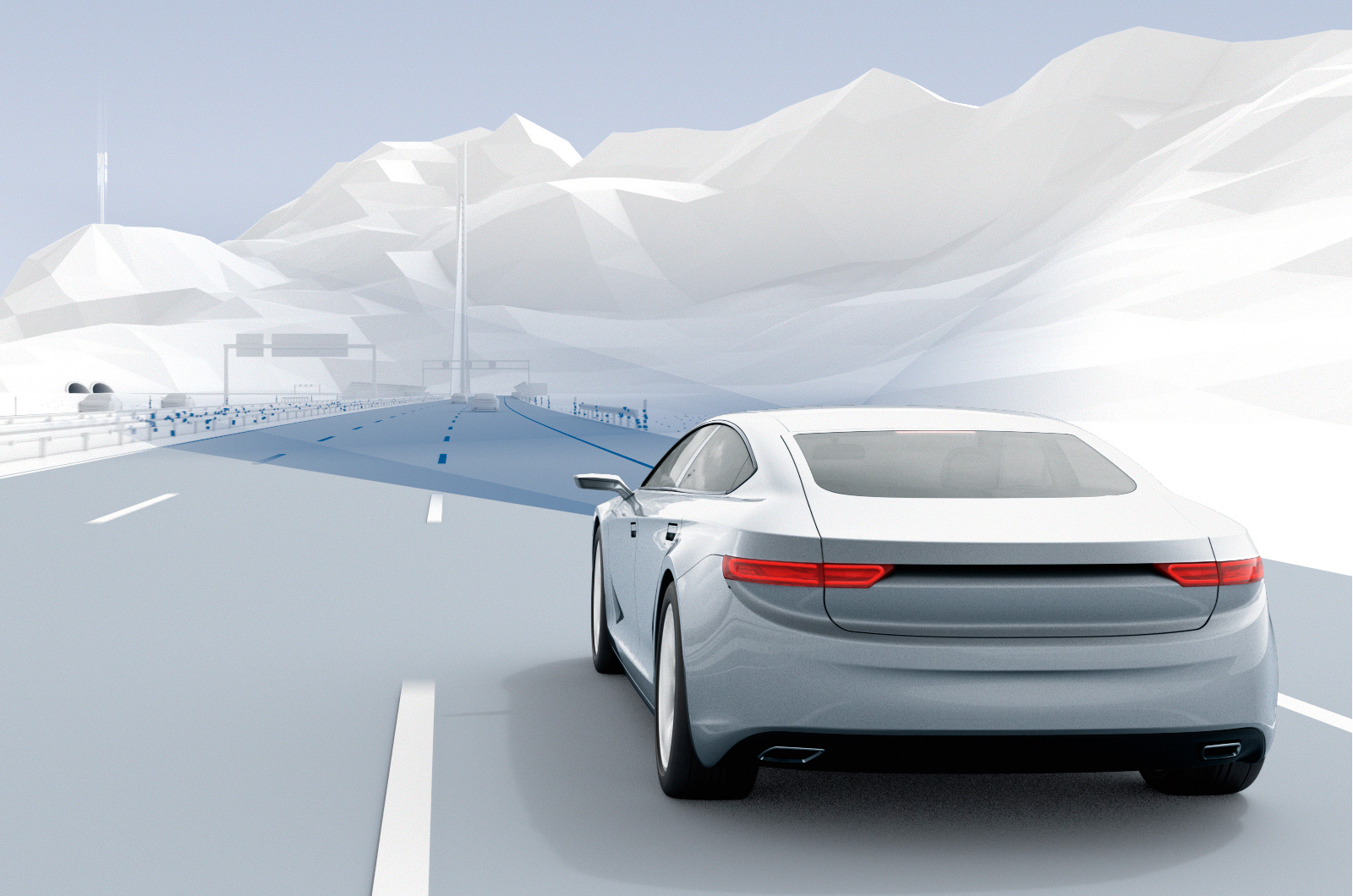
How self-driving cars find their way is usually tied to hardware such as cameras, lidar, and ultrasonic sensors, but digital maps are also a type of sensor, says Bosch. The bottom line is that high-resolution digital maps contain information far beyond the detection range of any hardware sensors your vehicle may have.
Bosch acquired mapping specialist Atlatec this year, which has developed a unique hardware and software kit for collecting raw data. AI analyzes the data and adds specific information such as sign detail, structural features, and degree of curvature. As the AI code learns continuously, it gains a better understanding of the road features and environment, building images accurate enough for the car to locate.
Earlier this year, we learned how Volkswagen integrates flock data (data collected and shared by a large number of cars (flocks)) to enhance the capabilities of advanced driver assistance systems (ADAS) such as lane keeping. I checked if it did. Since last year, Bosch has been working with his VW to collect real-time information that can be used to develop and improve high-definition maps.
This is where the feature that self-driving car engineers call “localization” comes into play. It is the ability of a vehicle to know its exact location on a map with an accuracy comparable to that of a human driver. At least, that’s the theory. Bosch is tackling this problem by using data collected anonymously by the VW Golf Mk8 to create what it calls “road signatures”. The data is sent to his VW cloud (or other automaker’s customers’ clouds) and shared with the Bosch cloud to update multi-layered high-resolution maps. Bosch calls this data a digital twin of each physical car environment, but he emphasizes that only the information necessary to improve the map layer is sent to the cloud.
During use, each car analyzes the environment it “sees” with on-board sensors and compares it to the image held by the digital twin. According to Bosch, this will allow the car to pinpoint its position on the road to a few decimeters (perhaps less than half a meter) relative to the map. Final positioning and obstacle avoidance are handled by vehicle sensors and controls. This should mean that the localization is accurate even in poor visibility.
This work is part of a two-pronged effort. The first is to improve SAE Automation Levels 1-3. This covers everything from ADAS to “conditional automation systems”, allowing the vehicle to control most driving tasks but remain supervised by the driver. The second is level 4. This is a high degree of automation, where the car can perform all driving tasks, but again the driver will monitor it. That doesn’t mean we can expect fully autonomous Level 4 cars to suddenly appear in the near future. Initially, the market is perceived to be in the logistics sector, which could initially mean self-driving trucks, or self-driving cars that operate locally in last-mile delivery situations.
